Washington, D.C. — The U.S. Federal Reserve took a historic step on Oct. 21 by featuring decentralized finance (DeFi) as an official agenda topic at its Payments Innovation Conference in Washington, D.C. In its first-ever session devoted to bridging traditional finance (TradFi) and digital assets, the Fed signaled that blockchain technology is no longer peripheral — it is entering the core of financial infrastructure.
The panel, titled “Bridging Traditional Finance with the Digital Asset Ecosystem,” was moderated by Rebecca Rettig, Chief Legal Officer at Jito Labs, and featured Sergey Nazarov, Co-founder and CEO of Chainlink; Jackie Reses, CEO of Lead Bank; Michael Shaulov, CEO of Fireblocks; and Jennifer Barker, Global Head of Treasury Services and Depositary Receipts at BNY.
“Not replacement, but connection” — Fed Hosts First DeFi Discussion
Moderator Rebecca Rettig opened the session by calling the conversation “one of the most challenging but necessary topics in financial innovation.” “The question is not whether DeFi will replace traditional finance,” she said. “It’s about how the two can build bridges to coexist.”
She noted that while DeFi’s total value locked (TVL) remains a small fraction of the global financial system, the direction of innovation is clear. “The very fact that the Federal Reserve is hosting this discussion is, in itself, a signal of change,” Rettig said.
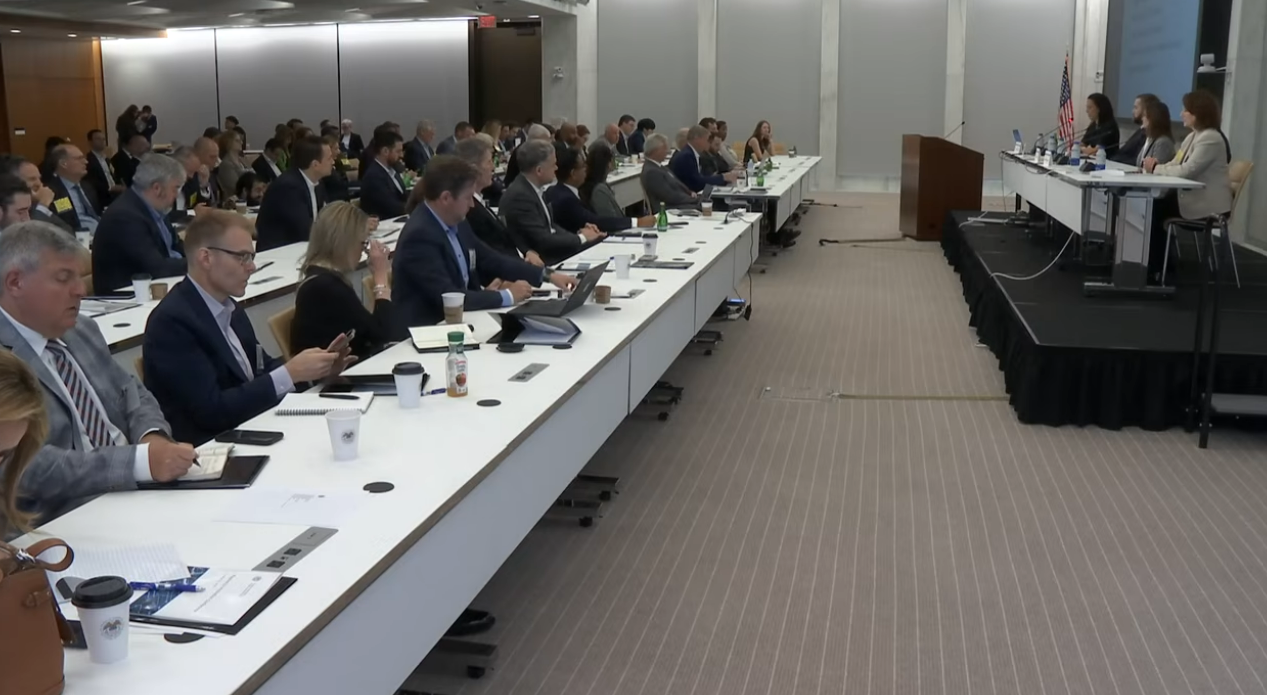
Chainlink: “Interoperability is the key — standardization must come next”
Sergey Nazarov of Chainlink emphasized that interoperability — the ability for legacy systems to connect with blockchain networks — is now the defining challenge of payment modernization. “Legacy systems and distributed ledgers need to synchronize,” he said. “We’re working with institutions like SWIFT, JPMorgan, and UBS to establish standardized bridges between traditional financial rails and blockchain systems.”
Nazarov explained that fragmented blockchain networks create “siloed capital” and systemic inefficiencies. “What’s needed now is standardized technology that can securely link these fragmented ecosystems,” he said. He added that the real challenge isn’t technical but regulatory: ensuring every on-chain transaction also satisfies compliance, accounting, and audit requirements. “For the next two to five years, we’ll live in a hybrid world where old and new systems must operate together.”
Lead Bank: “Banks aren’t ready yet — but the shift is already underway”
Jackie Reses, CEO of Lead Bank, offered a candid assessment. “Realistically, the banking system isn’t ready for this level of integration,” she said. “There are perhaps only a handful of U.S. banks that truly handle crypto or stablecoin transactions today.”
But she acknowledged that the momentum is irreversible. “Infrastructure for payments, deposits, and liquidity management is gradually migrating onto blockchain rails,” Reses said. “Within one to two years, major core banking providers will start embedding stablecoin wallet capabilities directly into their platforms.”
She noted that consumer use cases remain limited, but institutional payment flows are already shifting toward blockchain-based systems. “You might not notice it at the checkout counter, but behind the scenes, rails are changing.”
Fireblocks: “$5 Trillion in Digital Assets Moved — Banks Can’t Keep Up”
Michael Shaulov, CEO of Fireblocks, said his company’s infrastructure will process more than $5 trillion in digital asset transactions this year, highlighting the scale of institutional adoption. “The issue isn’t technology anymore — it’s integration,” he said.
Shaulov pointed out that many banks still rely on technology built in the 1970s and 1980s. “When your systems process transactions once a day in batches, you can’t compete with the real-time finality of blockchain,” he said. He argued that financial institutions must modernize their internal IT processes if they hope to keep pace. “We’ve been working with DeFi protocols like Aave since 2021, and as on-chain identity frameworks mature, institutional participation will accelerate dramatically.”
BNY: “Blockchain and traditional finance are not competitors — they coexist”
Jennifer Barker of BNY Mellon said the true goal of innovation is not disruption, but coexistence. “Breakthroughs in distributed ledgers, tokenized assets, and AI are reshaping payments worldwide,” she said. “But traditional financial services bring regulatory trust and scale. Real transformation comes from integrating both.”
Barker said BNY is already running integrated custody and real-time payment systems that combine traditional and digital asset rails. “We’re also deploying AI to detect anomalies and strengthen fraud prevention,” she added.
“Tokenized deposits and stablecoins will coexist”
In the latter part of the discussion, panelists explored the distinctions between tokenized deposits and stablecoins — and how they might function together. “Tokenized deposits are simply digital representations of cash held inside a regulated bank,” Barker explained. “They improve settlement efficiency and liquidity optimization, while stablecoins, which exist outside banks, enable cross-chain movement. Both have unique roles.”
Nazarov added that transparency and proof-of-reserves verification will determine trust. “The future of tokenized assets will hinge on verifiable data sources and transparent on-chain auditing,” he said.
“The real challenge isn’t technology — it’s knowledge and execution”
Reses emphasized that most banks’ obstacles are human, not technical. “It’s not about lacking technology. It’s about lacking people who understand it,” she said. “Legacy financial institutions aren’t structured for the speed and agility blockchain demands. Sometimes five good engineers can do more than ten thousand bureaucrats.”
“Regulated DeFi is next”
Concluding the session, Nazarov predicted the rise of “Regulated DeFi” — on-chain systems designed to meet compliance and reporting standards automatically through smart contracts. Rettig closed by reflecting on the moment: “A year ago, the idea of discussing DeFi at the Federal Reserve would have sounded impossible. Today, it’s happening. That alone shows how much the landscape has shifted.”






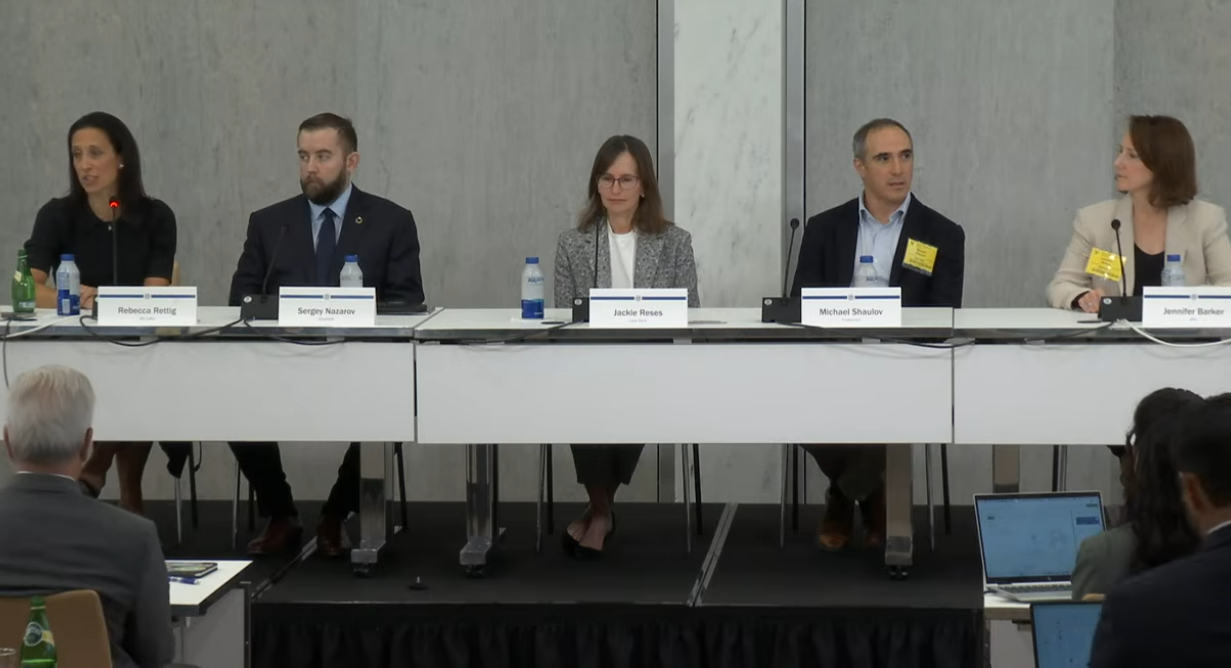
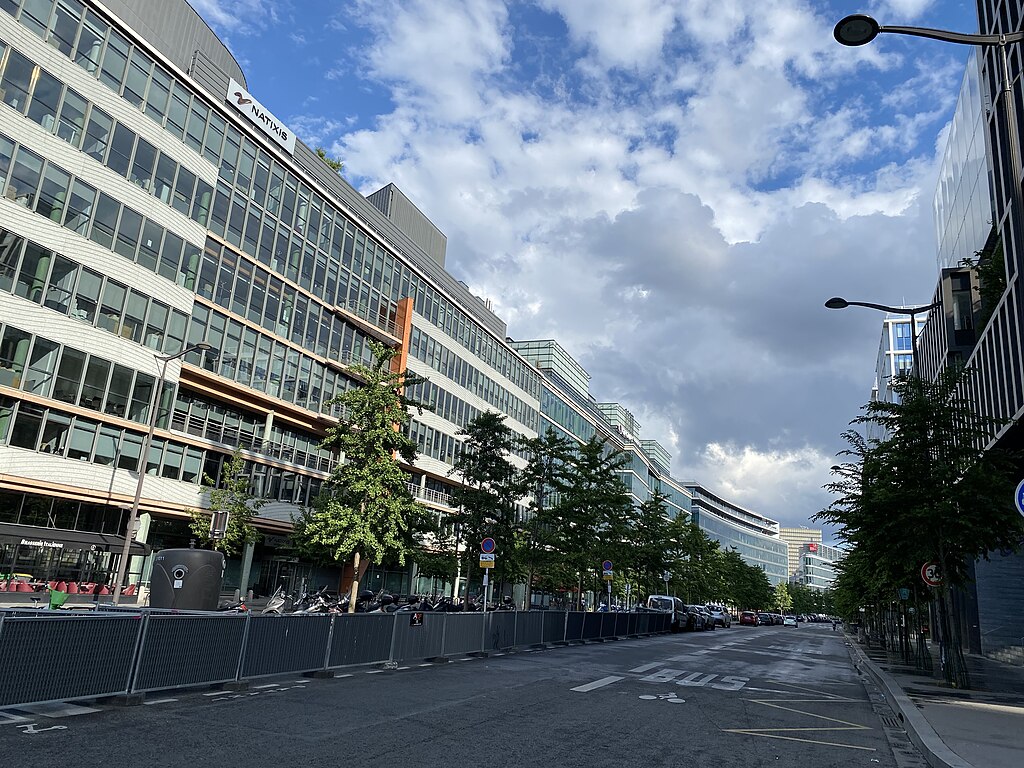
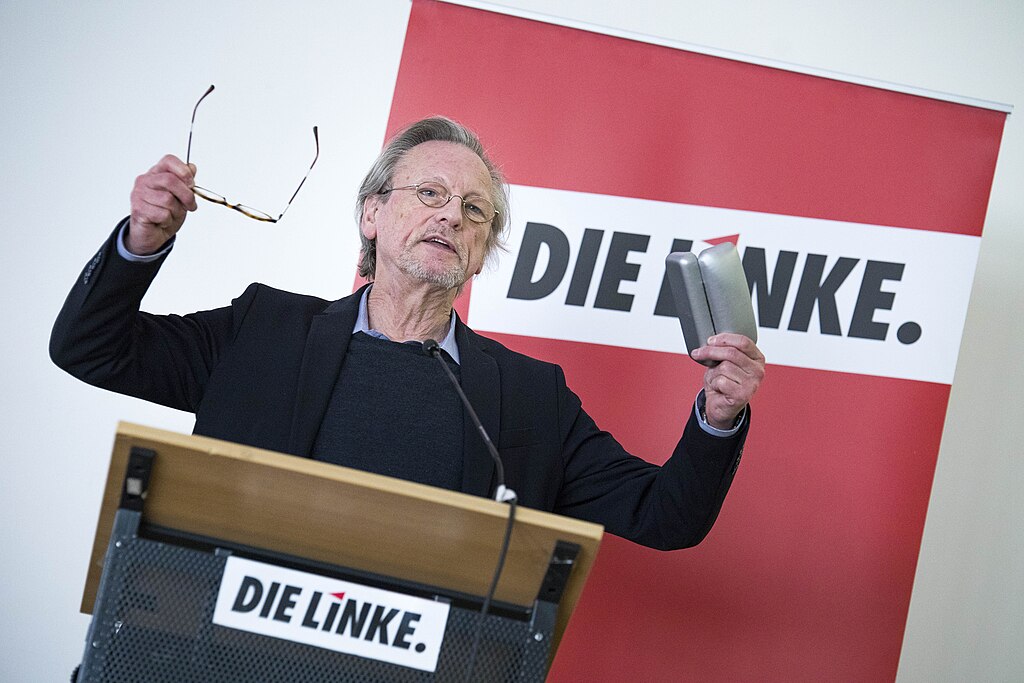
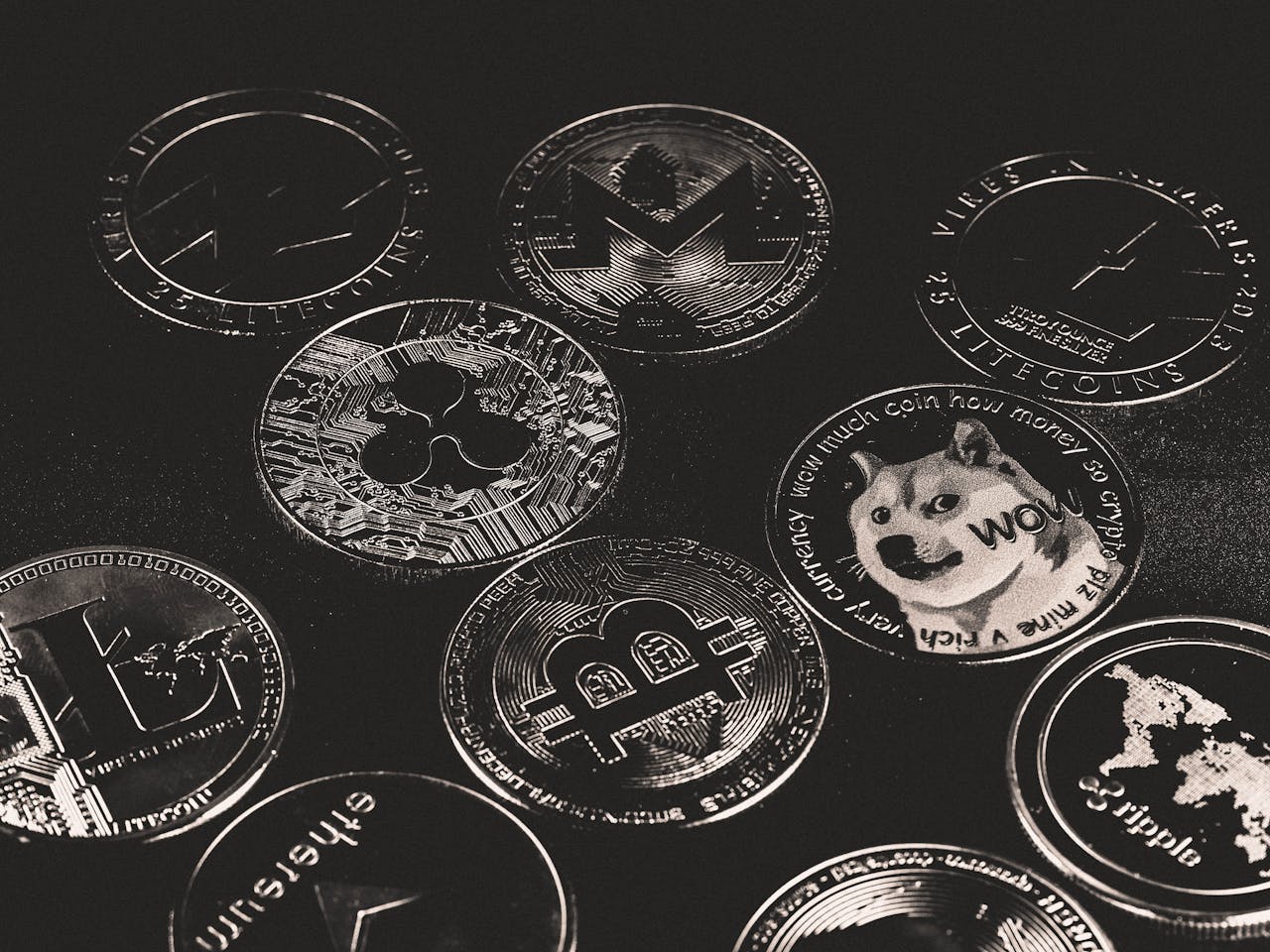
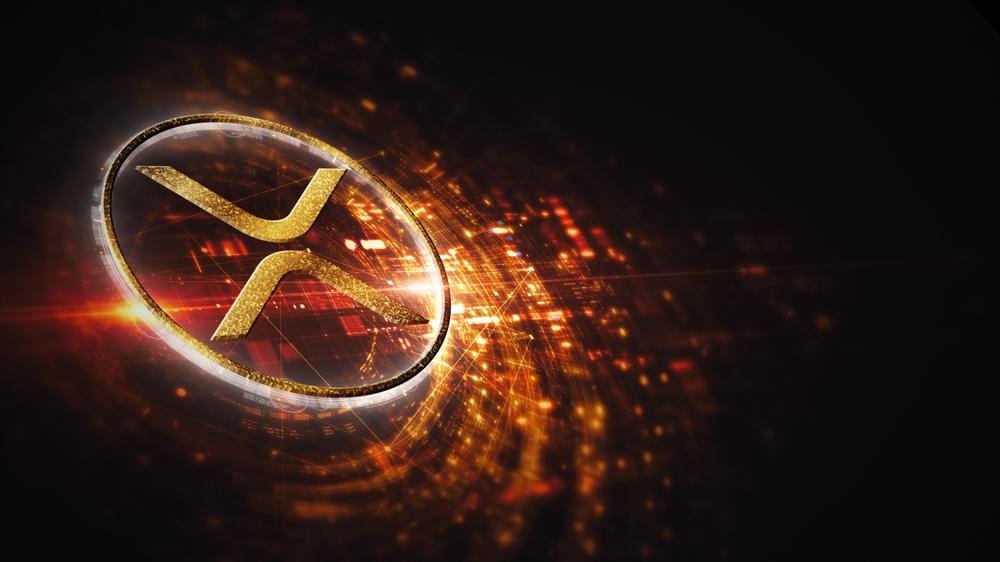

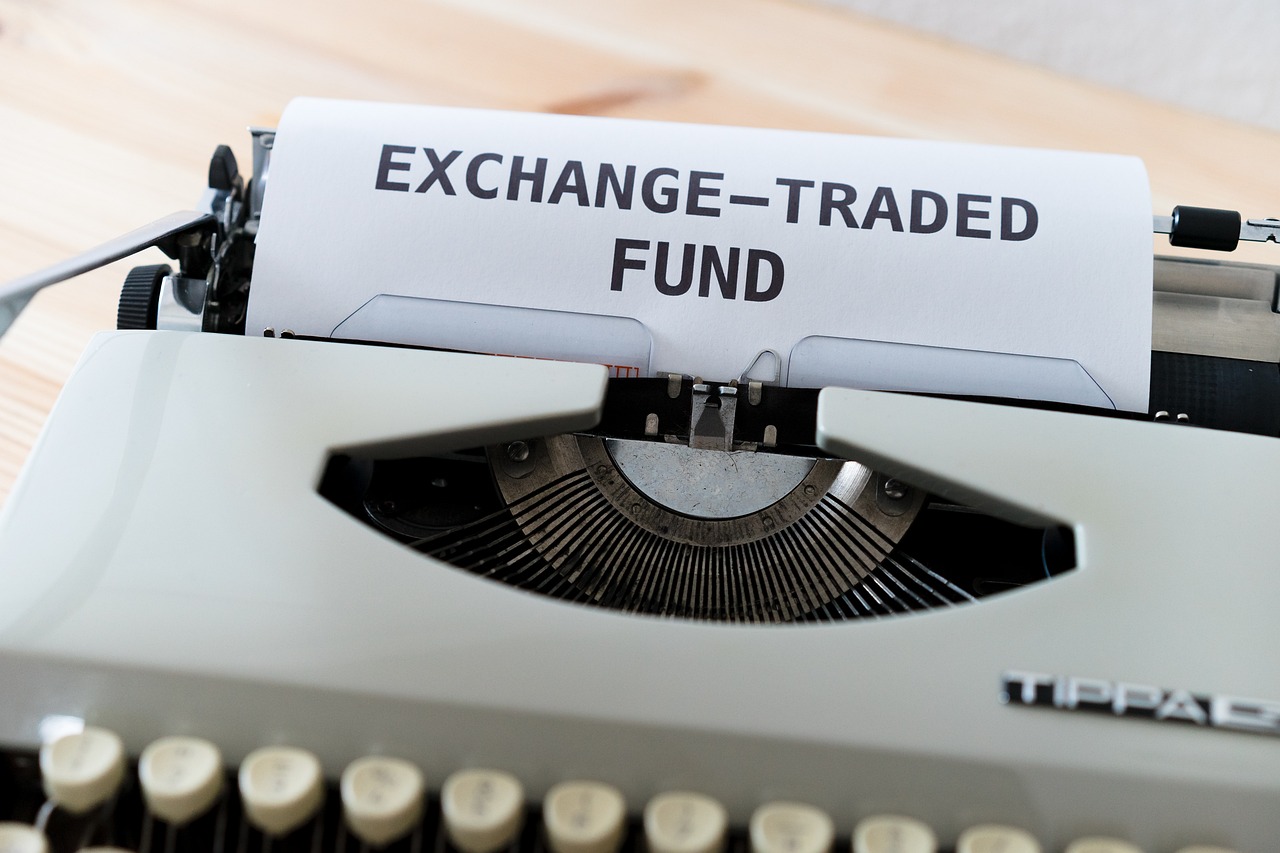



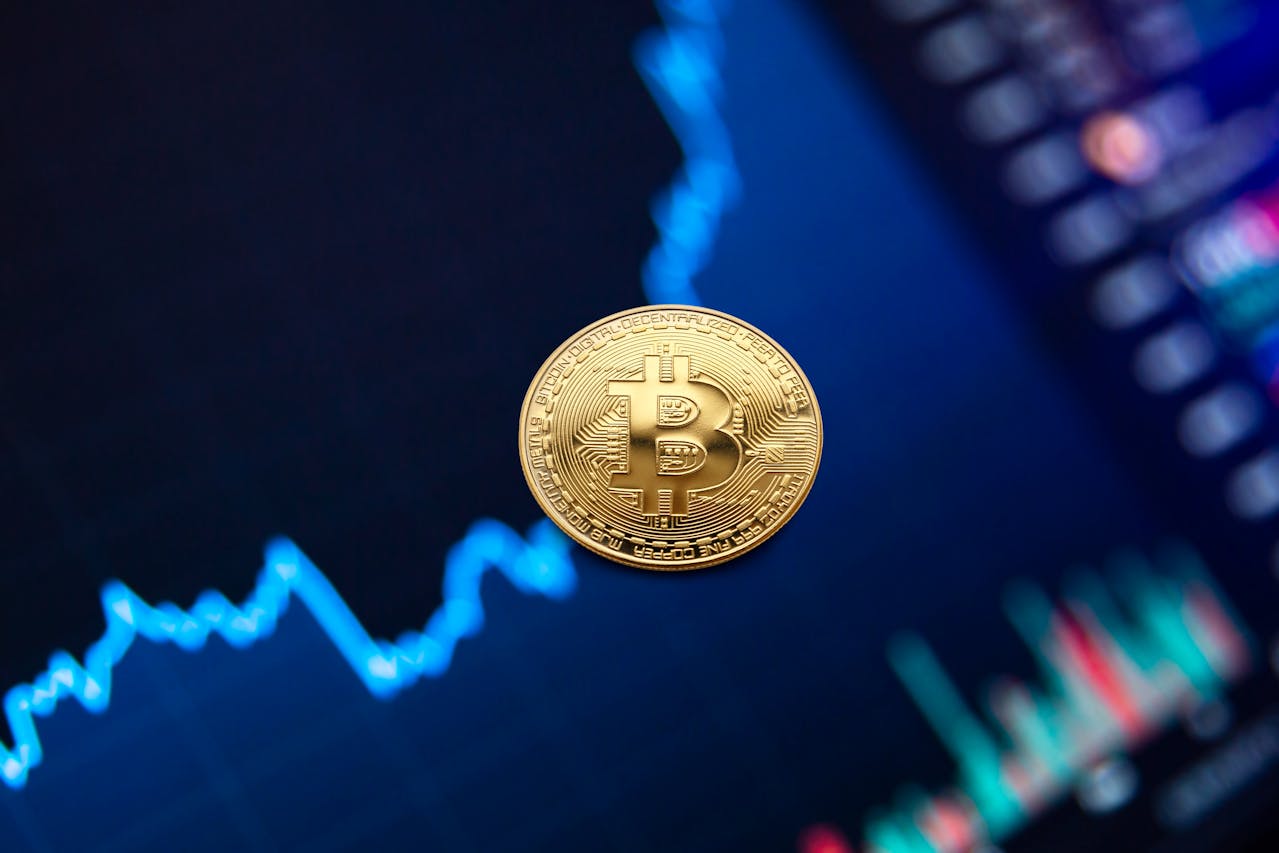
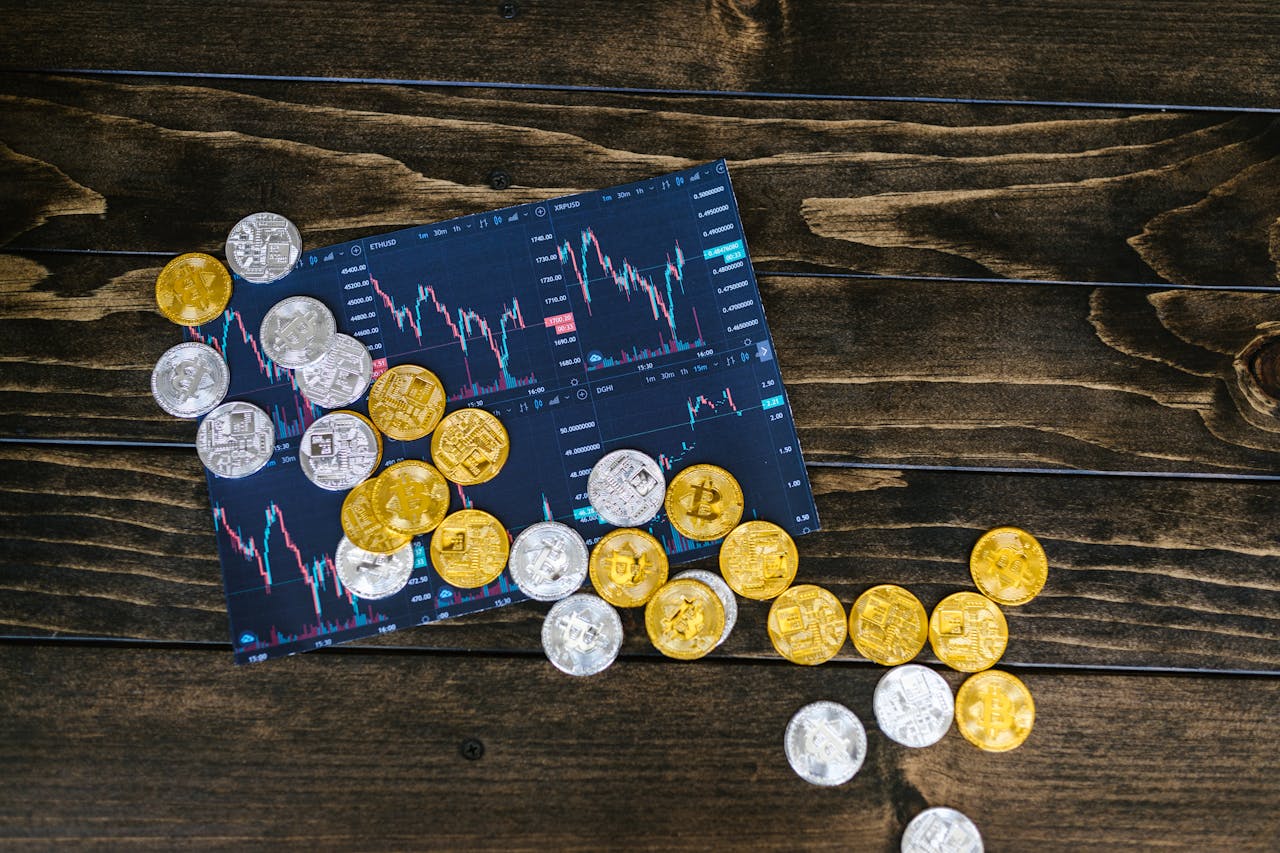

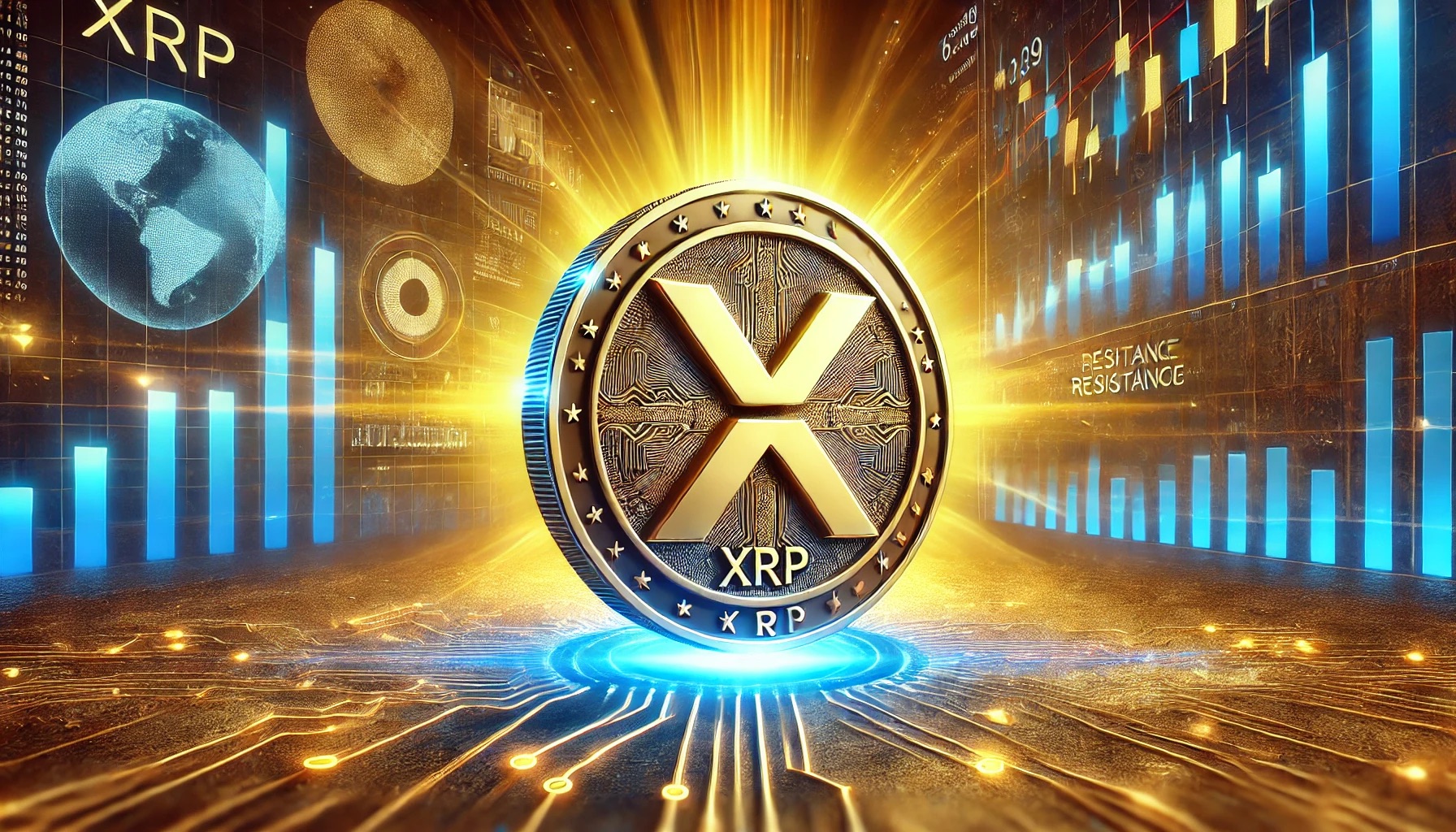
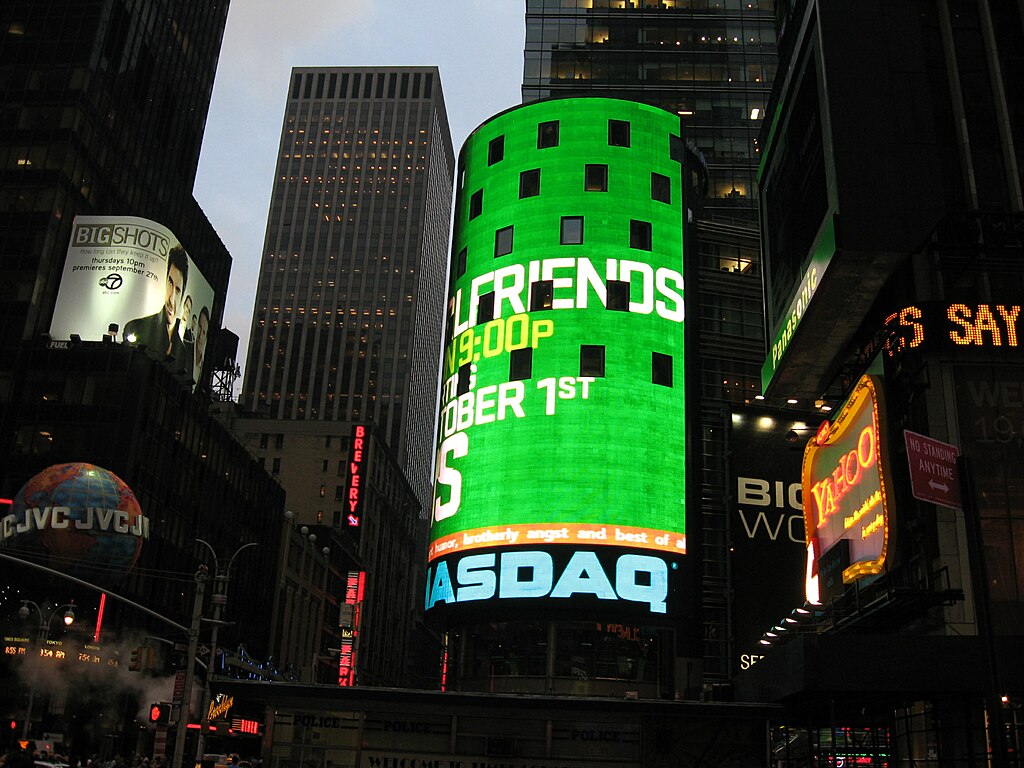
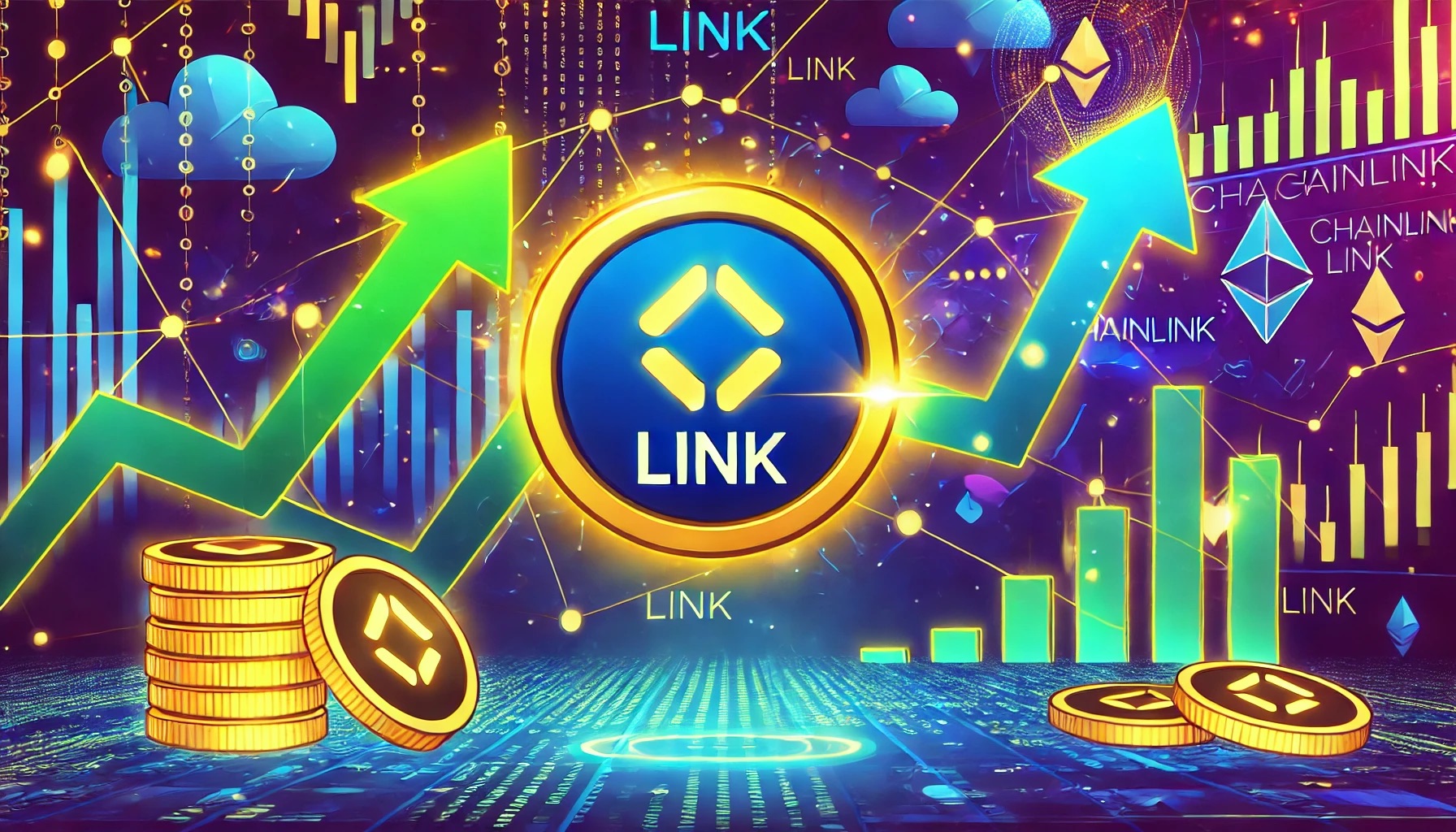
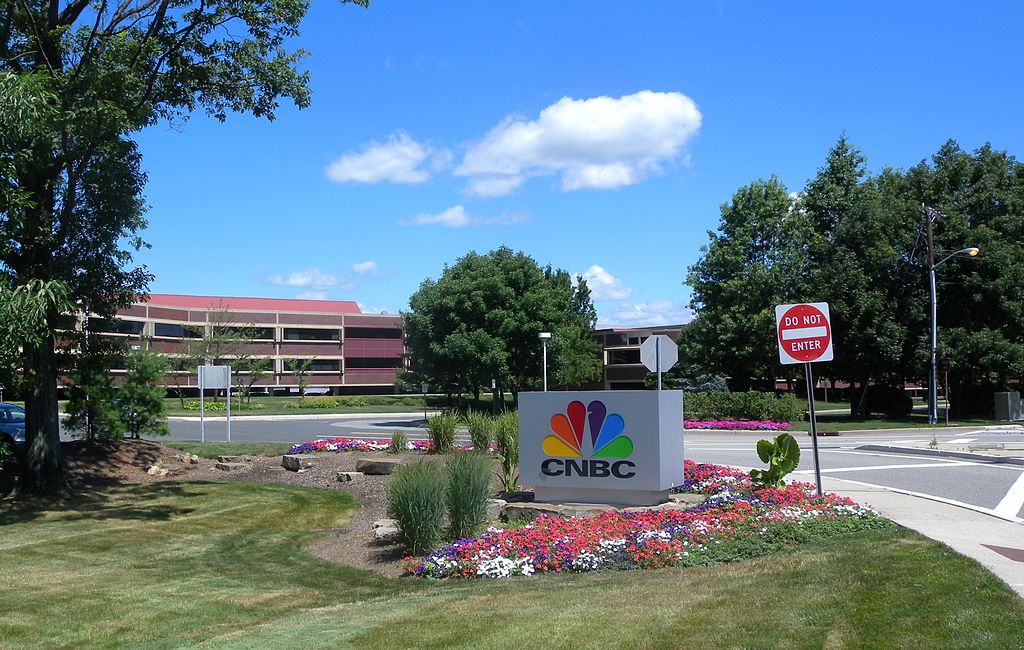

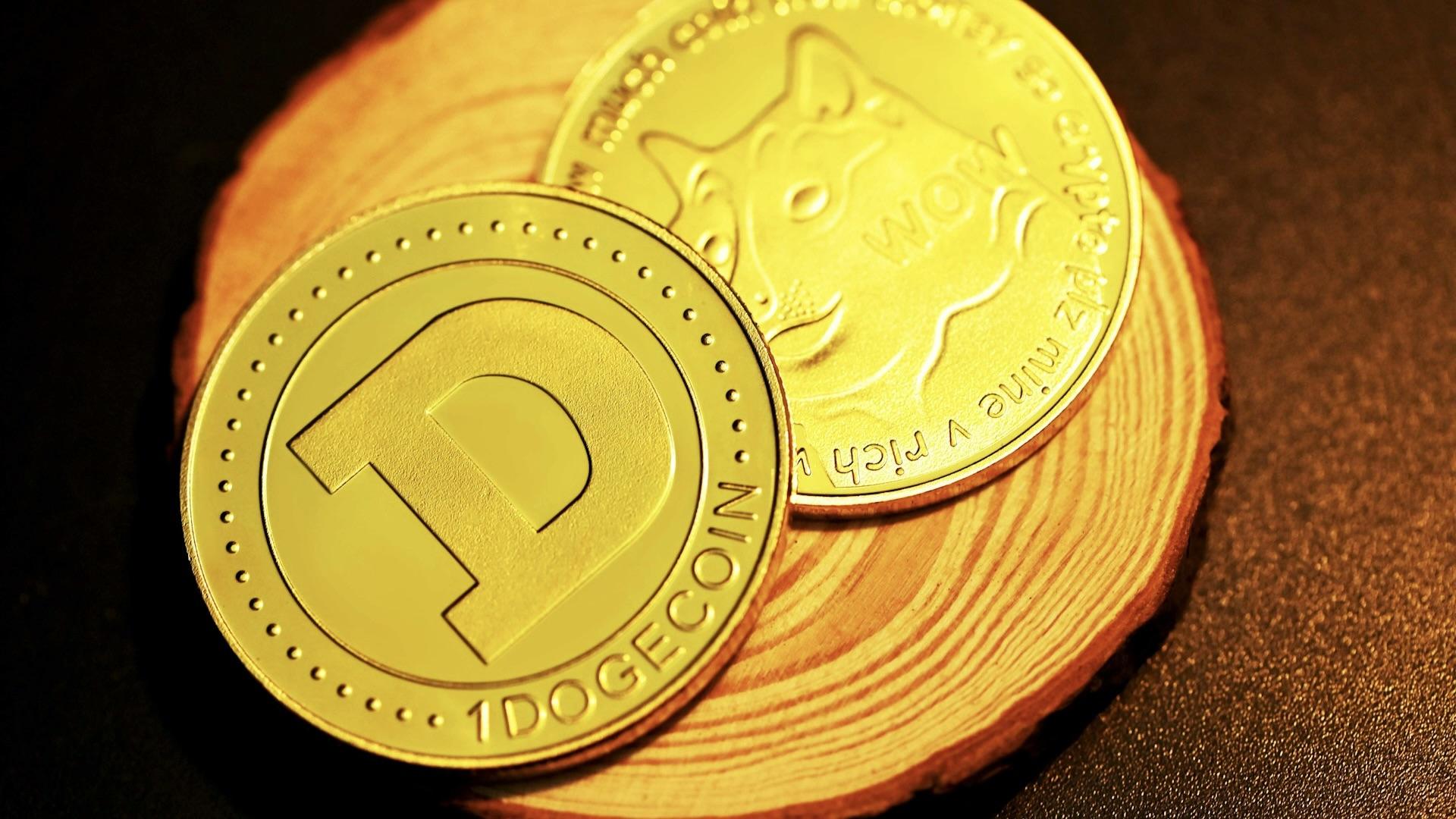

Comment 0